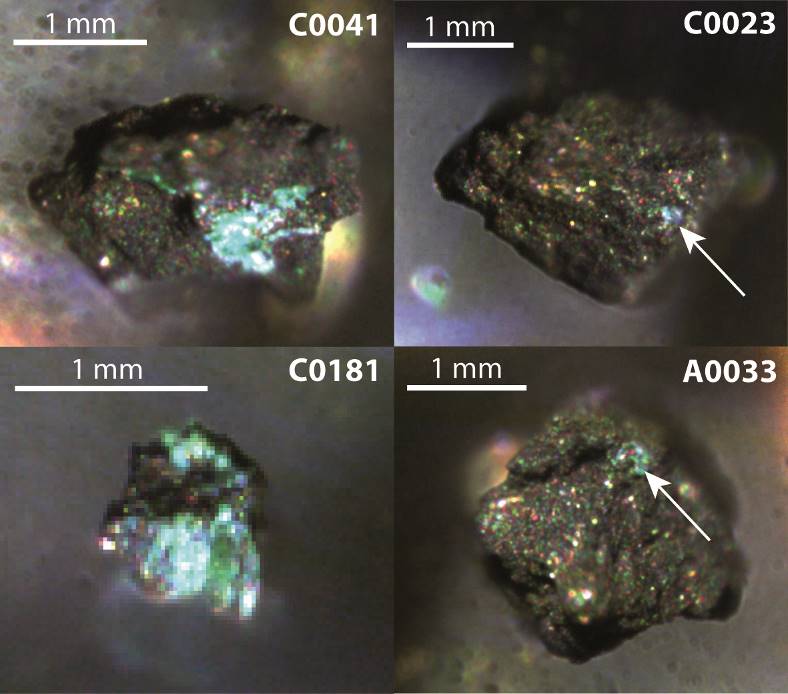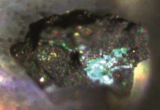Analyses of Asteroid Ryugu samples by MicrOmega shade light on the early evolution of the Solar System
A new study, based on spectral data from the MicrOmega instrument on the samples brought back from the Ryugu asteroid by the JAXA mission Hayabusa2, helped to characterize and map different types of carbonate minerals within the samples, revealing precious information about the early Solar System.
A model of the MicrOmega instrument, designed and developed at IAS, is at the moment operating in Japan, in the JAXA “Curation Facility” (ISAS, Sagamihara). MicrOmega is a hyperspectral microscope working in the near infrared, enabling the mapping of minerals and organic molecules at a few tens of micrometers-scale, at the surface of samples. It was developed initially as an instrument for the Martian rover of the ESA mission ExoMars. The instrument has been operating since December 2020 to analyze the whole collection of samples returned from Ryugu, before any manipulation outside of their protected environment in the curation facility.
The analyses of the observations made on the « bulk » samples, and then on hundreds of isolated extracted grains larger than a millimeter, led to the detection of hundreds of carbonate-rich zones, from 50 µm, up to 1 mm large. These detections correspond either to entirely carbonate-rich small grains, or to carbonate-rich inclusions within larger grains. Two carbonate populations show up: most of the small detections are rich in calcium and magnesium (dolomite), while the largest detections are rich in iron and magnesium (breunnerite). For some of the largest inclusions, we can see long and flat structures at the surface of grains, suggesting a formation between grains or along ancient fractures.
These carbonates were formed within the first millions years after the formation of the Solar System, our observation of two distinct carbonate populations suggest two processes of formation, or two different episodes, potentially linked to different sources of carbon.
Similarities with carbonates detected in CI-chondrite meteorites also suggest that the properties observed in the Ryugu samples may reveal general properties of the material formed beyond the main asteroid belt.
Links:
• Publication in Nature
• Press release
Contact at IAS: Damien Loizeau

Four grains from Ryugu with carbonate-rich inclusions, here visible in blue/green (color composite from infrared images acquired with MicrOmega, modified from Loizeau et al., 2023)




